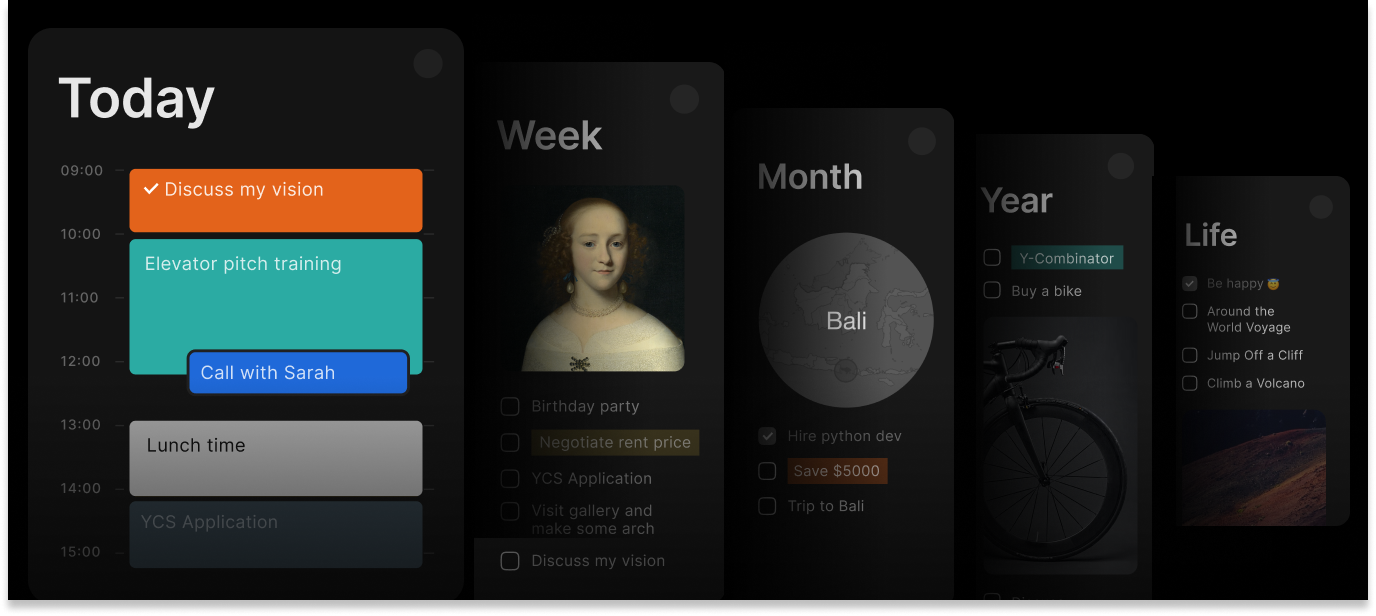When Managers Take Flight: What is "Seagull Management" and How to Avoid It

Seagull management is a disruptive leadership style where a manager sporadically intervenes, causing chaos and undermining established workflows. You may mistake it for micromanager, but we've done the homework for you. Let's dive in.
So, as you can see, there are significant differences between these two types of managers. By the way, this "bingo" can also help you reflect on what kind of manager you are—or what kind of manager you work under (hopefully neither).
Download printable version, PDF
Why Do People Resort to Seagull Management
Now let's explore the reasons behind seagull management.
1. Lack of confidence in the team. Managers might feel their team cannot succeed without their direct involvement, leading to sporadic and dramatic interventions. For example, a manager might rewrite parts of a report at the last minute to ensure it meets their standards, disrupting deadlines and damaging team morale.
2. A need to assert authority. Sporadic involvement can sometimes stem from a desire to remind the team of the manager's control.
3. Poor organizational skills. Inconsistent oversight often signals a manager's inability to plan or prioritize effectively. Such managers may only focus on projects when deadlines approach, overwhelming the team in a last-minute rush.
4. Lack of project knowledge. Grabbing attention during conflicts may be a way to mask the lack of understanding of the work being done.
A quick test for identifying a seagull manager
When your boss appears in a controversial situation and starts blaming you for everything, just ask:
What to Do if a Seagull Has Built a Nest in the Office
We've talked a lot about how to recognize a seagull manager, but that's just the easy part. The real question is—how do you stop the seagull from getting in your way?
Let's take a look from both perspectives: that of a regular employee and that of company leadership.
From teams' perspective
Employees often have the toughest time in this situation, as they are the ones who fall victim to the seagull.
It's completely natural to feel stunned, frustrated, or even angry when dealing with an erratic manager. These are all normal reactions to an unhealthy work environment.
However, there might still be a way to get through to the seagull directly.
Push for Clarity in Tasks
One of the main issues with seagull managers is their emotional and vague feedback, which leaves employees unsure of how to move forward. Before the seagull "flies away," try to extract as much concrete information as possible: What exactly does the manager mean by a bad result? What is missing? What needs to be done differently? Ask as many questions as necessary. Ideally, document everything in emails or meeting notes so that during the next "dive attack," the seagull can't claim they said something else.
Point Out Managerial Mistakes
Employees have the right to give feedback to their managers. If you notice ineffective behavior, share your thoughts and suggest ways to improve communication within the team. It's best to back your feedback with facts and numbers—if that's not proactive behavior, then what is? After all, proactivity is exactly what managers love to see.
And if these two strategies don't work, it's time to escalate the issue to higher management. By this point, you'll have gathered enough facts and documentation to clearly demonstrate the problem and request intervention.
From upper management perspective
If you're leading an office or a large team, your job isn't just about tracking the project's "numbers"—you also need to keep an eye on team dynamics. Signs that a seagull has started nesting in your team can be found in our bingo, but here are a few tips on how to stop it:
- Observe the Seagull's Daily / Weekly / Monthly. Work Is this person truly engaged in the work? (You can easily track this in the Team and Progress sections of our app.) Don't just look at completed tasks—pay attention to how they're phrased. If you frequently see things like "Review report," "Remind team about a meeting," or "Fix errors in a document"—without any tasks indicating real involvement, such as "Send the team a project roadmap" or "Gather data for project kickoff"—you may have a seagull manager on your hands.
- Assign Structured Tasks to Encourage Engagement. Try giving the potential seagull tasks that push them toward consistent involvement rather than chaotic oversight. Instead of just asking for reports on results, request a detailed breakdown of how the work was done—what tasks were assigned, what challenges the team faced, and how those challenges were addressed. This shifts the focus from swooping in with critiques to actually participating in the process.
- Create a Safe Space for Employee Feedback. Make it easy for employees to share feedback—whether through team meetings, one-on-one conversations, or anonymous feedback forms. A healthy feedback loop can help identify seagull behavior early and prevent it from disrupting the team's workflow.
"Managers who set clear expectations ensure that employee efforts are spent doing the right things the right way. This means thoroughly exploring what will be required of the employee, how their performance will be evaluated in the future, and getting agreement and commitment to work towards established goals.
There is a big difference between telling someone what's expected of them and making sure that what they'll be doing is completely understood."
What to Do if You're the Seagull
Well, if you've read this material and realized that you're the seagull manager, don't despair—there's still hope!
We're not here to judge anyone, but we can share a few steps to help improve the situation.
- Acknowledge the behavior. Recognize patterns of disruptive management in your actions. Self-awareness is the first step to improvement.
- Seek feedback. Encourage your team to share their experiences and perceptions. Anonymous surveys or one-on-one discussions can offer valuable insights. Teams generally respond positively when they see their boss acknowledging mistakes and finally paying attention to employee feedback. (Opinion of the author and seagull victim.)
- Develop a structured approach. Use tools like time management software or Kanban boards to organize your work systematically.
- Invest in self-improvement. Consider management training or coaching to build skills in delegation, communication, and conflict resolution.
How to Prevent Seagull Management
Don't hesitate to print out our cheat sheet and keep it in sight every time you feel the urge to start seagulling.
- Define goals, roles, and timelines upfront. Ensure alignment from the start to minimize the need for reactive interventions. Regular check-ins and clear workflows foster accountability.
- Maintain open communication. Weekly team meetings and structured updates help managers stay informed without resorting to disruptive oversight. Consistent, constructive feedback prevents sudden, chaotic critiques.
- Trust your team. Empower employees to take ownership of their work and decisions. Delegating responsibilities not only improves morale but also allows managers to focus on strategic tasks.
- Plan interventions thoughtfully. If you must intervene, make sure it's constructive and mindful of the team's workflow. Instead of dropping last-minute criticism, schedule review sessions in advance to provide guidance without causing unnecessary stress.
Well, we hope you now know not only how to recognize a seagull in the office but also how to make sure it stops circling over your head. Meanwhile, as we were preparing this piece, we realized that besides seagulls, there are at least a dozen other destructive management styles. So stay tuned to make sure you don't miss our next articles!

Read next


 Reach clear processes easily with Timestripe Horizons
Reach clear processes easily with Timestripe Horizons

